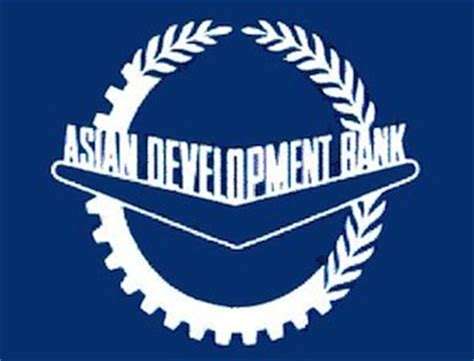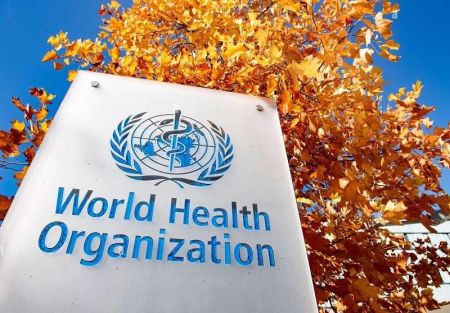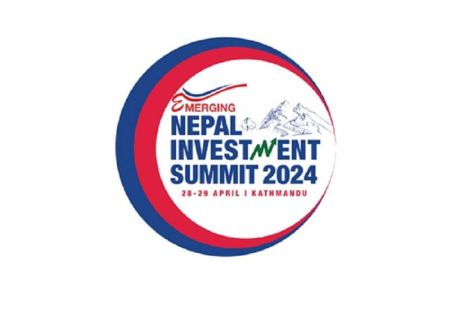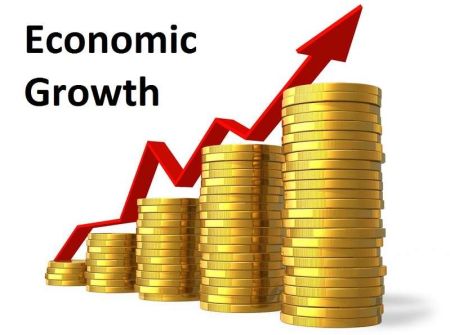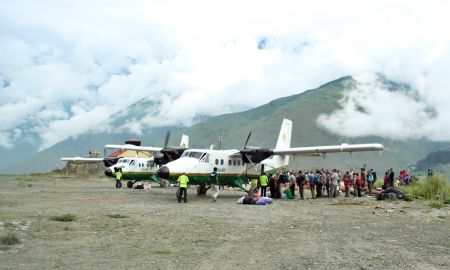April 4: The coronavirus (COVID-19) pandemic-induced crisis is expected to decelerate Nepal’s economic growth to 5.3 percent (at market prices) in the fiscal year 2020, down from 7.1 percent a year earlier, according to the latest report published by the Asian Development Bank (ADB). The Manila-based lender in its annual flagship publication the Asian Development Outlook (ADO) 2020 projects Nepal’s GDP to recover at 6.4 percent for FY2021, assuming a quick end to the COVID-19 pandemic, a return to pre-COVID economic activities, and a normal monsoon.
“The government of Nepal expects a couple of large infrastructure projects, namely the 456-megawatt Upper Tamakoshi Hydroelectric Plant and Gautam Buddha International Airport, to be commercially operational by FY2021. Expectation of higher subnational level spending will also stimulate growth,” ADB said in a press statement.
“The global outbreak of the COVID-19 pandemic and subsequent nationwide lockdown that is necessary to contain the contagion will adversely affect the country’s economy,” the statement quoted ADB Country Director for Nepal Mukhtor Khamudkhanov as saying. According to him, industry and services face supply disruptions, and remittances will likely decline during the last quarter of this fiscal year, dampening domestic demand. “Growth will also be slower as a result of lower rice production. If the situation due to the COVID-19 pandemic further worsens, growth in FY2020 could be lower than currently anticipated growth,” he said.
Similarly, in its Nepal Macroeconomic Update, which was released on the same day ADO 2020 was published (April 3), ADB has stated that average annual inflation will inch up to 6 percent in FY2020, up from 4.6 percent a year earlier, reflecting lower production and supply chain disruptions due to the COVID-19 pandemic. According to the report, headline inflation has averaged 6.5 percent in the first seven months of FY2020, significantly higher than 4.2 percent a year earlier. “Food inflation increased by 9.8 percent as of mid-February 2020 compared to a year earlier, with significant increase in the prices of vegetables, spices, and alcoholic beverages. The temporary closure of international borders over COVID-19 concern has nudged up food prices. The average annual inflation for FY2020 could be higher than anticipated if the situation further worsens due to the COVID-19 pandemic,” says the report.
According to ADB, merchandise trade deficit narrowed by 4.9 percent year-on-year in the first seven months of FY2020 after widening by 15 percent in the year-earlier period. The deficit contracted on higher export growth, particularly of palm oil and cardamom to India and reduced import of construction materials, vehicles, and petroleum products. The improved trade balance has helped contain current account deficit to USD1 billion in the fiscal year through mid-February 2020 from USD 1.5 billion in the corresponding period a year earlier. The deficit is forecast to narrow from 7.7 percent of GDP in FY2019 to 5.4 percent on shrinking imports of petroleum products, capital, and consumer goods. However, ADB has expected it could be higher if remittances fall substantially in the last quarter of FY2020
According to the Nepal Macroeconomic Update, average annual inflation will stay moderate at 5.5 percent in FY2021, assuming a reversal to normal activities after the COVID-19 disruption, better harvest, subdued oil prices, and a modest uptick of inflation in India. “The current account deficit is expected to widen from 5 percent of GDP in FY2020 to 5.6 percent as imports of capital goods increase. The deficit will, however, be largely contained by lower oil prices, a gradual reduction in the import of fossil fuel with better electricity supply, and higher hydroelectricity exports to India, according to the report,” reads the report.
ADB said that downside risks to the outlook in FY2021 are the pervasiveness of the COVID-19 pandemic that could paralyze the economy if the outbreak persists. It warned against natural hazards like erratic monsoons and flood could depress farm output and damage infrastructure. “Persistent capacity deficiencies regarding project and program execution at the provincial and local levels will weaken subnational spending. Exogenous shocks such as the COVID-19 pandemic will weaken global demand, affecting out-migration for foreign employment and putting pressure on Nepal’s external stability,” reads the statement.


